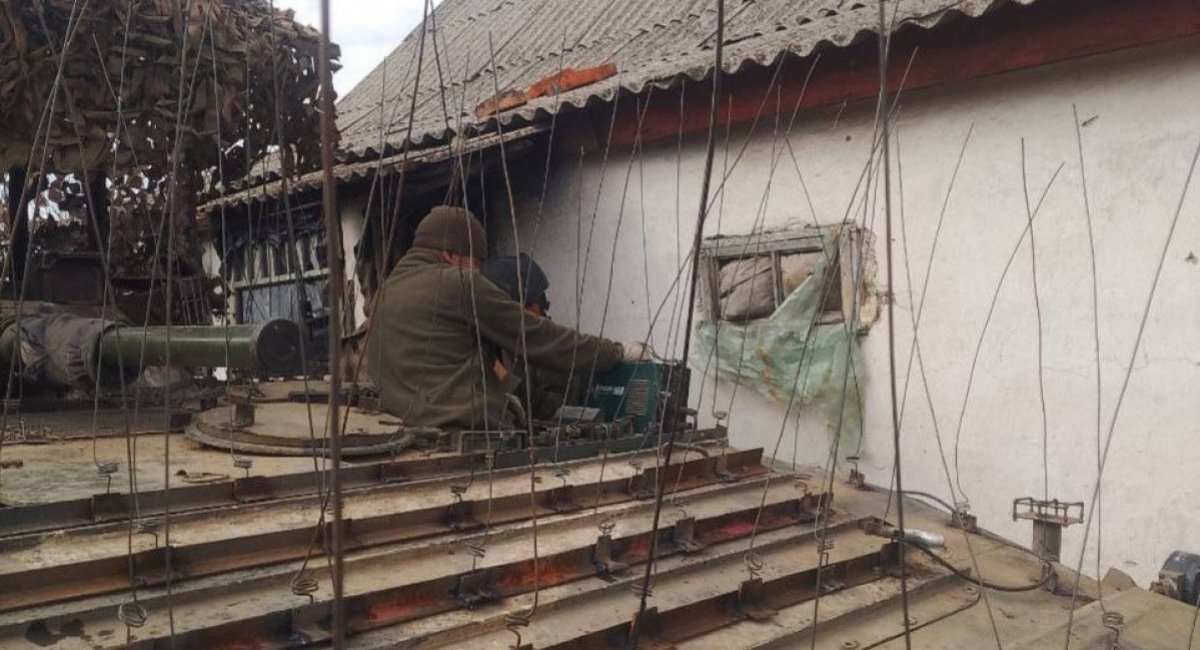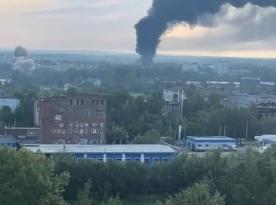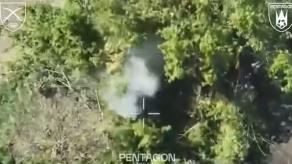Unusual anti-drone protection method was spotted on a russian BMP-1 armored vehicle. In addition to the standard slat armor cage around the turret, there were metal rods welded to the hull front like antennas.
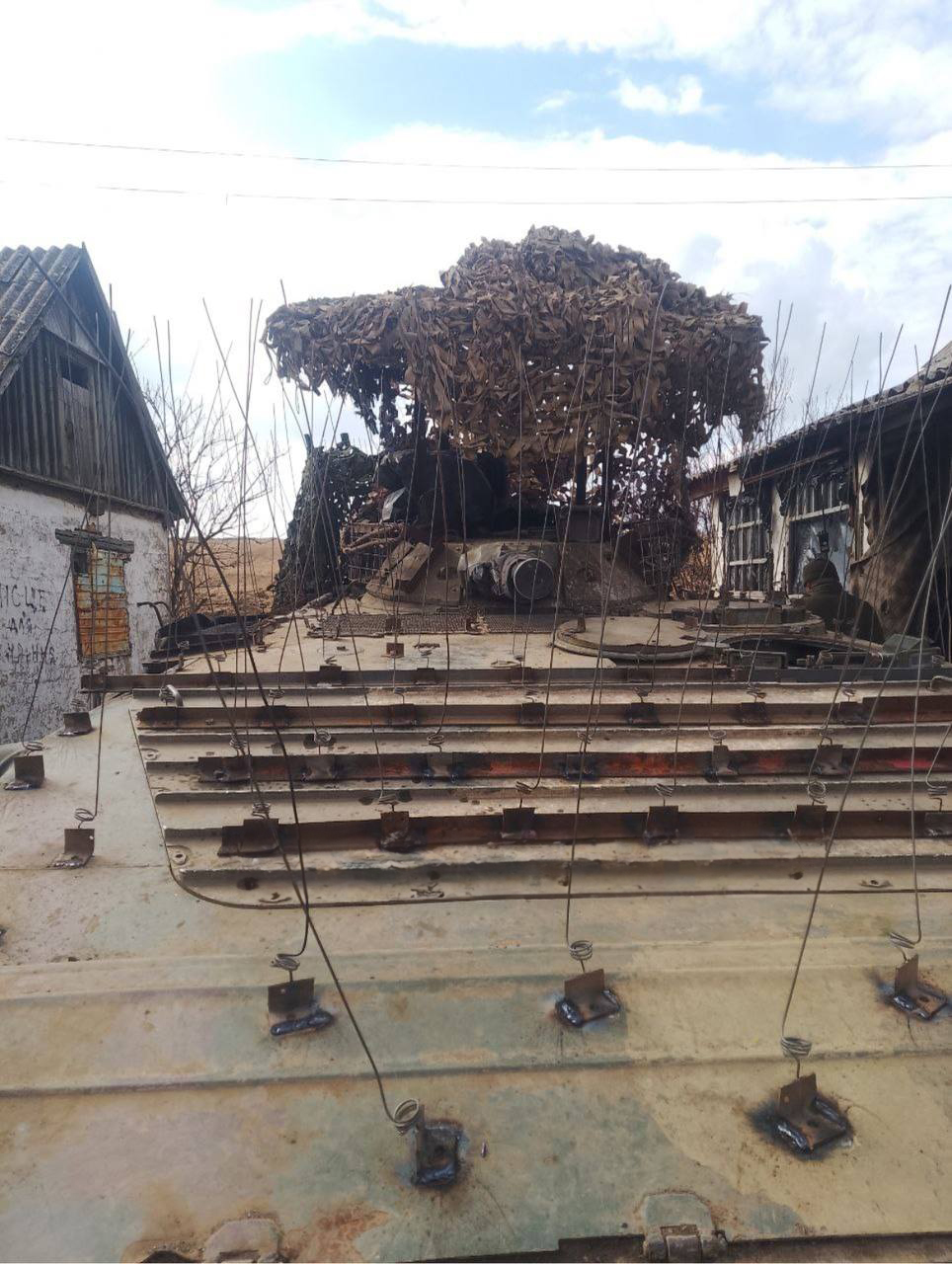
The idea most likely is to force a premature explosion of the FPV drone's warhead. It's based on the fact some of the Ukrainian FPVs trigger upon deformation of the "antennae" of thin metal wire, which happens the moment they collide into an obstacle.
Read more: russian Occupiers Want to Protect Tanks From Drones With Fans

Theoretically, the rods could make the drone explode too early and diminish the impact of the shaped charge projectile commonly used by anti-tank FPVs.
The practical effectiveness in dispersing the shaped charge is hard to assess but overall the distance seems too close to save the thin armor of BMP-1 from serious damage. Though a lot depends on the specific type of attacking munition.
Another factor worth mentioning is that FPV drones are no less often equipped with RPG grenades with standard impact fuzes. Rods won't have any effect on them. And if an anti-personnel warhead is used, this protection will even backfire: airburst will let fragmentation disperse more effectively.
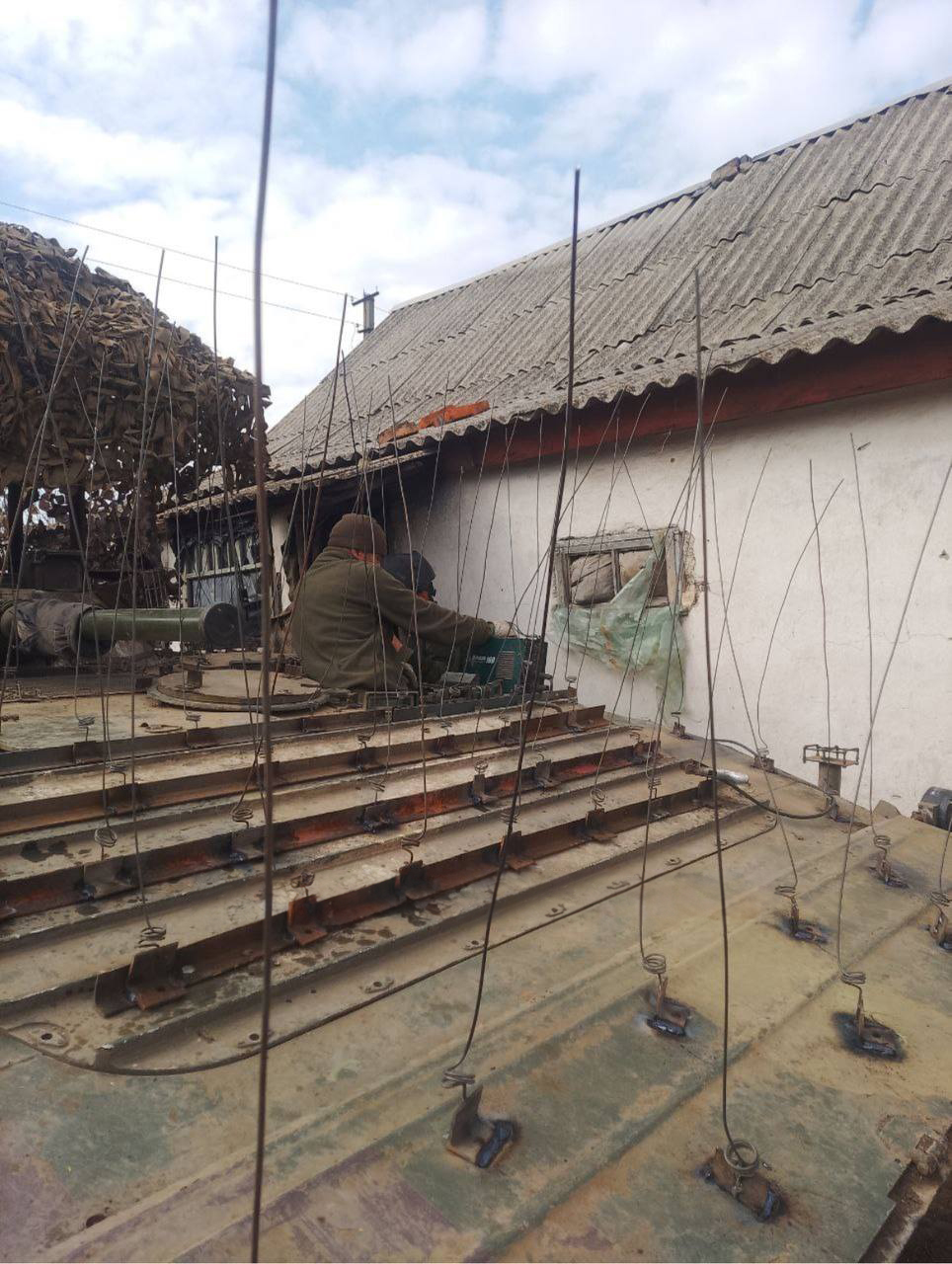
Read more: Armor Maker Company Seeks to Patent a Useless Protection of russian TOS-1A System From ATGMs and FPV Drones




